Allen, J.A. (Joel Asaph). 1922 - 1922. "Carnivora Collected by the American Museum Congo Expedition." Bulletin of the American Museum of Natural History, Vol. XLVII: 73 - 281.
- Available via Internet Archive at: https://archive.org/stream/bulletinamerican47ameruoft#page/73/mode/1up
Arnold, Michael L. 2008. Reticulate Evolution and Humans: Origins and Ecology. Oxford University Press.
Bird, J.; Butchart, S.; Ekstrom, J.; Shutes, S.; Symes, A.; Taylor, J. (comps.) 2014. “Golden-naped Weaver (Ploceus aureonucha).” BirdLife International: Species Factsheet. Retrieved May 14, 2014.
- Available at: http://www.birdlife.org/datazone/speciesfactsheet.php?id=8538&
Bisby, F.A.; Roskov, Y.R.; Orrell, T.M.; Nicolson, D.; Paglinawan, L.E.; Bailly, N.; Kirk, P.M.; Bourgoin, T.; Baillargeon, G.; Ouvrard, D. (red.). 2011. “Genetta victoriae Thomas, 1901.” Species 2000 & ITIS Catalogue of Life: 2011 Annual Checklist. Reading, UK. Retrieved May 14, 2014.
- Available at: http://www.catalogueoflife.org/annual-checklist/2011/search/all/key/genetta+victoriae/match/1
Boelens, Bo; Watkins, Michael; and Grayson, Michael. 2009. The Eponym Dictionary of Mammals. Johns Hopkins University.
Boudet, Ch. 10 January 2009. "Species Sheet: Ugandan Genet, Giant Genet." Mammals' Planet: Vs n°4, 04/2010. Retrieved May 14, 2014.
- Available at: http://www.planet-mammiferes.org/drupal/en/node/38?indice=Genetta+victoriae
Cassell's Universal Portrait Gallery: A Collection of Portraits of Celebrities, English and Foreign. With Facsimile Autographs. 1895. London, Paris & Melbourne: Cassell and Company, Limited.
- Available via Internet Archive at: https://archive.org/details/cassellsuniversa00londiala
Coetzee, C.G. 22 August 1977. “Order Carnivora.” Pp. 1-42 in 1971-1977. The Mammals of Africa: An Identification Manual. Part 8 edited by J. Meester and H.W. Setzer. Washington, D.C.: Smithsonian Institution Press.
Corson, Docteur P.-J. October 2005. Les grands prédateurs d’Afrique: biologie, éthnologie et chasse. Brussels, Belgium: Éditions du Gerfaut.
Crawford-Cabral, J. 1981. “A New Classification of the Genets.” African Small Mammal Newsletter6:8-10.
Crawford-Cabral, João. 1980. "The Classification of the Genets (Carnivora, Viverridae, genus Genetta)." Boletim da Sociedade Portuguesa de Ciências Naturais 20:97-114.
Dinets, Vladimir. June 2011. “First Sighting of the Giant Genet Genetta victoriae in Rwanda.” Small Carnivore Conservation 44:25-26. Retrieved May 14, 2014.
- Available at: http://www.smallcarnivoreconservation.org/sccwiki/images/2/2b/Dinets_SCC44_2011.pdf
Driver, Stephanie (ed.). 2008. Exploring Mammals, Volume 3. Tarrytown, NY: Marshall Cavendish Corporation.
Duff, Andrew; and Lawson, Ann. 2004. Mammals of the World: A Checklist. Yale University Press.
Ewer, R.F. 1998. The Carnivores. Cornell University Press: Cornell Paperbacks.
Gaubert, Philippe; and Dufour, Sylvain. July 2013. “First Report of a Chinchilla Phenotype in Viverridae (Carnivora).” Small Carnivore Conservation 48:92-95. Retrieved May 14, 2014.
- Available at: http://www.smallcarnivoreconservation.org/home/wp-content/uploads/2013/08/SCC-48-11-Gaubert-Dufour.pdf
Gaubert, P.; Chalubert, A.; and Dubus, G. 2008. “An Interactive Identification Key for Genets and Oyans (Carnivora, Viverridae, Genettinae, Genetta spp. and Poiana spp.) Using Xper2.” Zootaxa 1717:39-50.
Gaubert, P.; Fernandes, C. A.; Bruford, M. W.; and Veron, G. 2004. "Genets (Carnivora, Viverridae) in Africa: An Evolutionary Synthesis Based on Cytochrome b Sequences and Morphological Characters." Biological Journal of the Linnean Society 81:589-610.
Gaubert, P.; Papeş, M.; Peterson, A.T. June 2006. "Natural History Collections and the Conservation of Poorly Known Taxa: Ecological Niche Modeling in Central African Rainforest Genets (Genetta spp.)." Biological Conservation 130(1):106–117.
Gaubert, P.; Taylor, P.J.; and Veron, G. 2005. “Integrative Taxonomy and Phylogenetic Systematics of the Genets (Carnivora, Viverridae, Genetta): A New Classification of the Most Speciose Carnivoran Genus in Africa.” Pp. 371-384 in African Biodiversity: Molecules, Organisms, Ecosystems edited by Bernard A. Huber, Bradley J. Sinclair, and Karl-Heinz Lampe. NY: Springer Science + Business Media, Inc.
Gaubert, Philippe; Weltz, Marjorie; and Chalubert, Antoine. 14 January 2008. “Genetta victoriae." Genets and Oyans. Paris: Université Pierre et Marie Curie. Retrieved May 14, 2014.
- Available at: http://lis-upmc.snv.jussieu.fr/genettes/web/fiches_en/taxa/genetta_victoriae.html
"Genet." AWF: What We Do > Wildlife Conservation > Genet. African Wildlife Foundation. Retrieved May 14, 2014.
- Available at: http://www.awf.org/wildlife-conservation/genet
“Genetta victoriae.” The Marine Biological Universal Biological Indexer and Organizer NamebankID 2478475. Retrieved May 14, 2014.
- Available at: http://www.ubio.org/browser/details.php?namebankID=2478475
“Genetta victoriae.” The National Center for Biotechnology Information: Taxonomy ID235202. Retrieved May 14, 2014.
- Available at: http://www.ncbi.nlm.nih.gov/Taxonomy/Browser/wwwtax.cgi?id=235202
“Genetta victoriae: Giant Genet.” Encyclopedia of Life. Retrieved May 14, 2014.
- Available at: http://eol.org/pages/328101/details
“Genetta victoriae (Giant Genet; Giant Forest Genet).” ZipcodeZoo: Species Identifier 128453. Retrieved May 14, 2014.
- Available at: http://zipcodezoo.com/Animals/G/Genetta_victoriae/
“Genetta victoriae Thomas, 1901.” ITIS Report: Taxonomic Serial Number 621997. Integrated Taxonomic Information System. Retrieved May 14, 2014.
- Available at: http://www.itis.gov/servlet/SingleRpt/SingleRpt?search_topic=TSN&search_value=621997
"Genetta victoriae Thomas, 1901." The Marine Biological Universal Biological Indexer and Organizer NamebankID 105807. Retrieved May 14, 2014.
- Available at: http://www.ubio.org/browser/details.php?namebankID=105807
Gervais, Paul. 1855. Histoire naturelle des Mammifères: Carnivores, Proboscidiens, Jumentés, Bisulques, Édentés, Marsupiaux, Monotrèmes, Phoques, Sirénides et Cétacés. Paris: L. Curmer.
“Giant Genet.” The Animal Files: Mammals > Carnivores. Retrieved May 14, 2014.
- Available at: http://www.theanimalfiles.com/mammals/carnivores/genet_giant.html
"Giant Genet (Genetta victoriae)." ARKive. Retrieved May 14, 2014.
- Available at: http://www.arkive.org/giant-genet/genetta-victoriae/
“Giant Genet Pictures and Facts.” The Website of Everything: Animals > Mammals > Carnivora > Viverridae > Viverrinae > Genetta. Retrieved May 14, 2014.
- Available at: http://thewebsiteofeverything.com/animals/mammals/Carnivora/Viverridae/Genetta/Genetta-victoriae.html
Gittleman, John L.; Funk, Stephan M.; Macdonald, David; and Wayne, Robert K. (eds.). 2001. Carnivore Conservation. Cambridge University Press: Conservation Biology 5.
Hayssen, Virginia; Van Tienhoven, Ari; and Van Tienoven, Ans. Asdell’s Patterns of Mammalian Reproduction: A Compendium of Species-Specific Data. Cornell University, 1993.
Hunter, Luke; and Barrett, Priscilla. 2011. A Field Guide to the Carnivores of the World. London, Cape Town, Sydney, Auckland: New Holland Publishers (UK) Ltd.
Jennings, A. P.; and Veron, J. 2009. "Family Viverridae (Civets, Genets, and Oyans)." In: Don E. Wilson and Russel Mittermeier (Hrsg.) Handbook of the Mammals of the World Volume 1: Carnivores. Lynx Edicions.
Johnston, Sir Harry. 1902. The Uganda Protectorate; An Attempt To Give Some Description Of The Physical Geography, Botany, Zoology, Anthropology, Languages And History Of The Territories Under British Protection In East Central Africa, Between The Congo Free State And The Rift Valley And Between The First Degree Of South Latitude And The Fifth Degree Of North Latitude. In two volumes. Volume I. London: Hutchinson & Co.
- Available via Biodiversity Heritage Library at: http://biodiversitylibrary.org/page/18053148
Johnston, Sir Harry. 1902. The Uganda Protectorate; An Attempt To Give Some Description Of The Physical Geography, Botany, Zoology, Anthropology, Languages And History Of The Territories Under British Protection In East Central Africa, Between The Congo Free State And The Rift Valley And Between The First Degree Of South Latitude And The Fifth Degree Of North Latitude. In two volumes. Volume II. London: Hutchinson & Co.
- Available via Biodiversity Heritage Library at: http://biodiversitylibrary.org/page/1803898
Jukofsky, Diane for the Rainforest Alliance. 2002. Encyclopedia of Rainforests. Westport, CT: Oryx Press.
Kingdon, Jonathon; Happold, David; Butynski, Thomas; Hoffmann, Michael; Happold, Meredith; and Jan Kalina (eds.). 2013. Mammals of Africa, Volume 5: Carnivores, Pangolins, Equids and Rhinoceroses, edited by Jonathan Kingdon and Michael Hoffmann. Bloomsbury Publishing.
Kondo, H.; Tesar, J.; Cloud, D.; Kagan, L. (eds.). 1972. Civets, Genets, and Linsangs, Volume 2, 3rd Edition. Milan: Fratelli Fabbri Editori.
Larivière, Serge. 2004. "Civets, Genets, and Linsangs." Pp. 335-339 in Grzimek's Animal Life Encyclopedia, Second Edition. Volume 14: Mammals III, edited by Michael Hutchins, Devra G. Kleiman, Valerius Geist, and Melissa C. McDade. Farmington Hills, MI: Gale Group, Inc., division of Thomson Learning Inc.
Myers, P.; Espinosa, R.; Parr, C.S.; Jones, T.; Hammond, G.S.; and Dewey, T.A. 2014. “Genetta victoriae: Giant Forest Genet (Also: Giant Genet).” The Animal Diversity Web (online). University of Michigan Museum of Zoology. Retrieved May 14, 2014.
- Available at: http://animaldiversity.ummz.umich.edu/accounts/Genetta_johnstoni/classification/
Nowak, Ronald M. 1999. Walker's Mammals of the World, Sixth Edition. Volume I. Baltimore: Johns Hopkins University Press.
Rosevear, Donovan Reginald. 1974. The Carnivores of West Africa. London: Trustees of the British Museum (Natural History).
- Available via Biodiversity Heritage Library at: http://www.biodiversitylibrary.org/item/35416#page/7/mode/1up
Thomas, Oldfield. 1901. "On the More Notable Mammals Obtained by Sir Harry Johnston." Proceedings of the Zoological Society of London (2): 85 - 90.
- Available via Internet Archive at: https://archive.org/stream/proceedingsofzoo19012zool#page/85/mode/1up
Van Rompaey, H.; Gaubert, P.; and Hoffmann, M. 2008. "Genetta victoriae." In: IUCN 2013. International Union for Conservation of Nature and Natural Resources Red List of Threatened Species. Version 2013.2.Retrieved May 14, 2014.
- Available at: http://www.iucnredlist.org/details/41703/0
Veron, Geraldine. 2010. “Phylogeny of the Viverridae and ‘Viverrid-like’ Feliforms.” Pp. 64-90 in Carnivoran Evolution: New Views on Phylogeny, Form and Function edited by Anjali Goswami and Anthony Friscia. Cambridge University Press: Cambridge Studies in Morphology and Molecules.
Wilson, Don E.; and Cole, F. Russell. 2000. Common Names of Mammals of the World. Washington, D.C.: Smithsonian Institution Press.
Wilson, Don E.; and Reeder, DeeAnn M. (editors). 2005. Mammal Species of the World: A Taxonomic and Geographic Reference (3rd ed), Johns Hopkins University Press.
Wrobel, Murray (Editor). 2007. Elsevier's Dictionary of Mammals: Latin English German French Italian. Oxford, U.K.: Elsevier B.V.


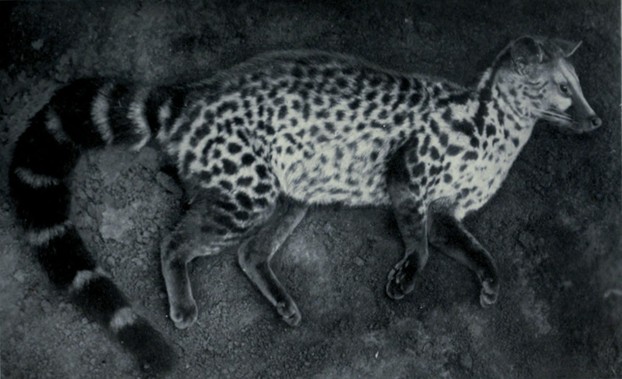
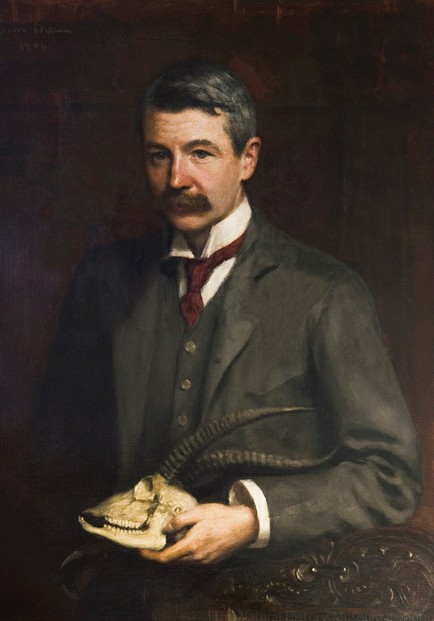
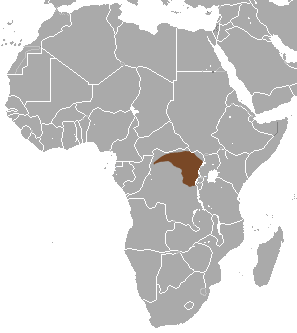
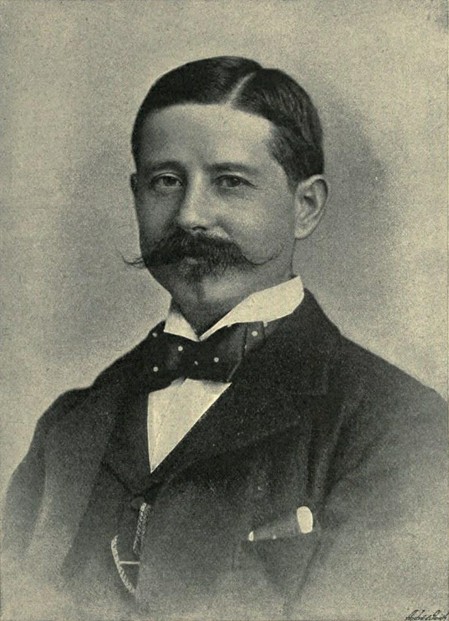
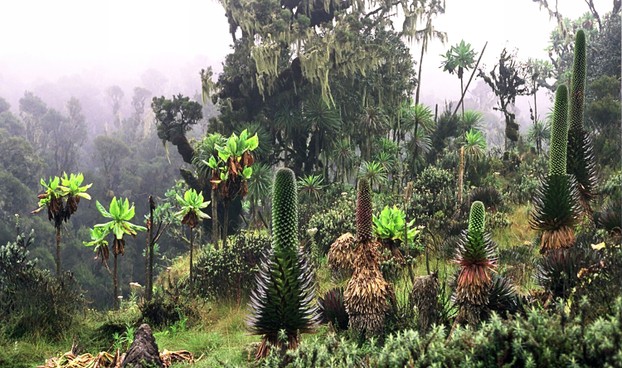
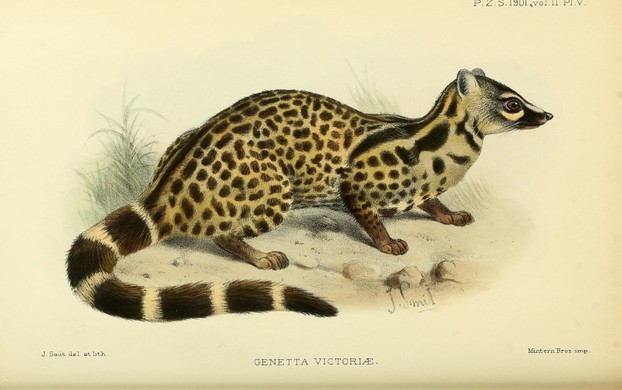
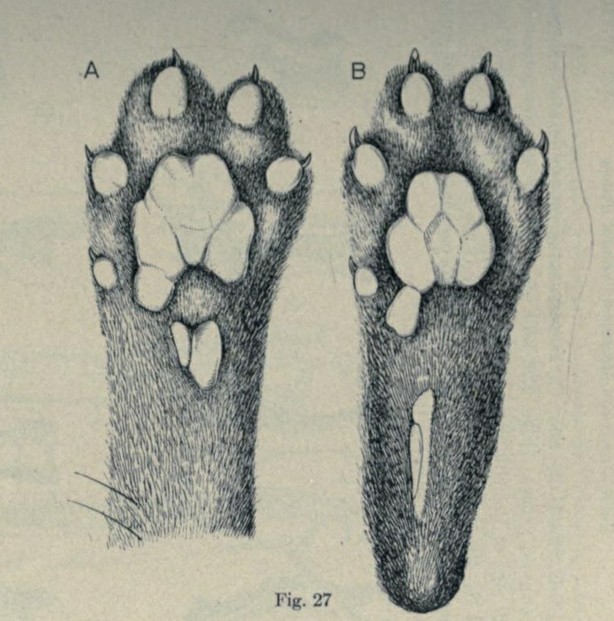
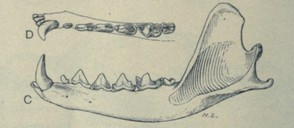
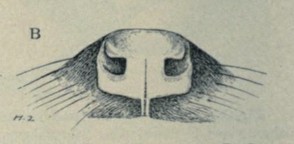
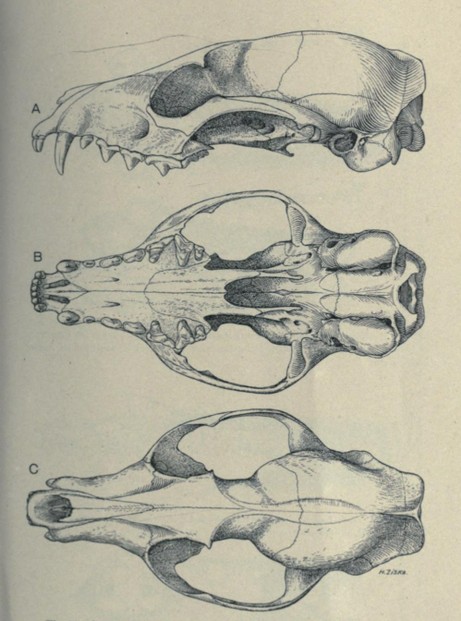
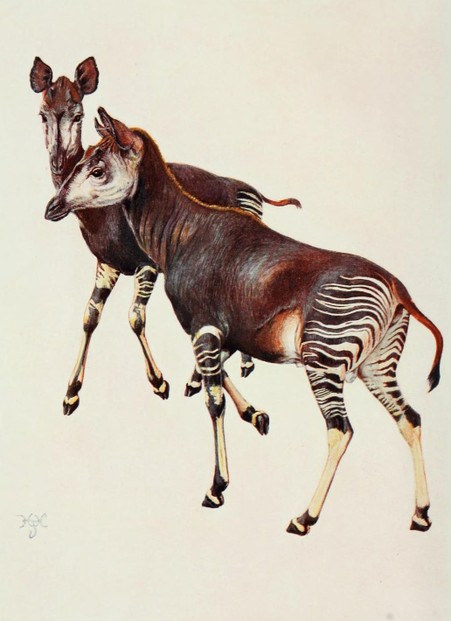
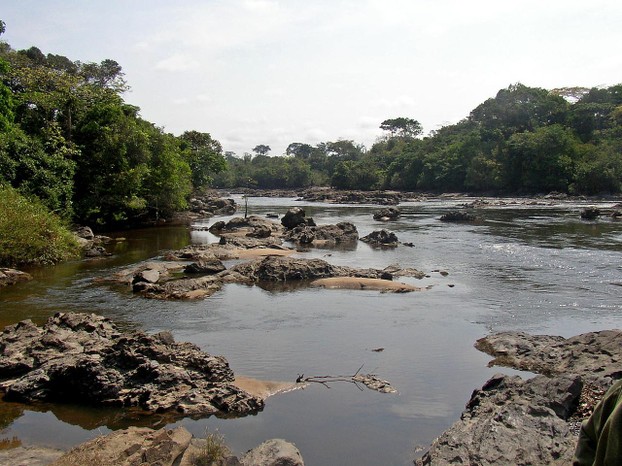
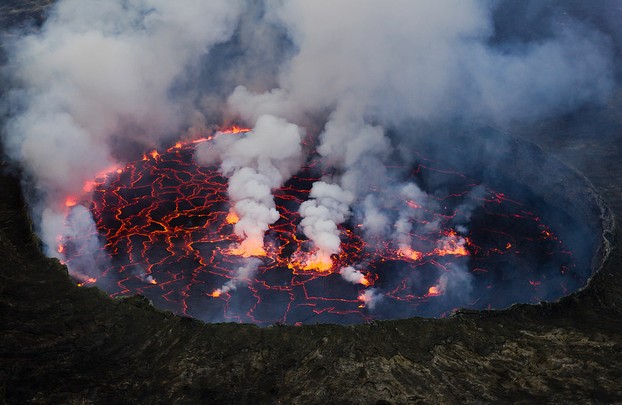



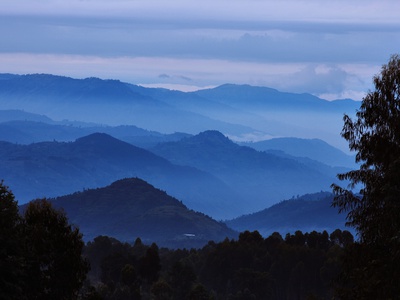
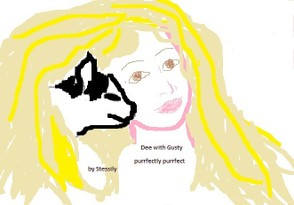
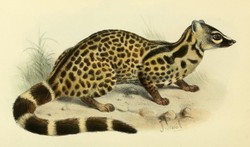

 Are Hawaiian Huakai Po Nightmarchers Avenging Halloween Thursday?on 10/02/2024
Are Hawaiian Huakai Po Nightmarchers Avenging Halloween Thursday?on 10/02/2024
 Mailing Addresses for 2023 Form 4868 Extending 1040 and 1040SR April 15, 2024, Due Dateon 04/15/2024
Mailing Addresses for 2023 Form 4868 Extending 1040 and 1040SR April 15, 2024, Due Dateon 04/15/2024
 Mailing Addresses for 2023 Forms 1040 and 1040SR Filed in 2024on 04/15/2024
Mailing Addresses for 2023 Forms 1040 and 1040SR Filed in 2024on 04/15/2024
 Mailing Addresses for 2022 Form 4868 Extending 1040 and 1040SR April 18, 2023, Due Dateon 04/13/2023
Mailing Addresses for 2022 Form 4868 Extending 1040 and 1040SR April 18, 2023, Due Dateon 04/13/2023

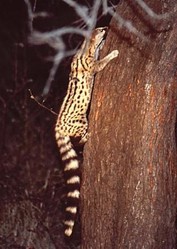

Comments
Mira, According to some estimates, only about 50% of the species on this planet have been identified. Geography can be very protective of faunal and floral dwellers. Remote or difficult-to-access locations also preclude or discourage discovery of faunal and floral lifeforms.
On the other hand, naturalists continue in their discoveries, no matter what the terrain. :-)
So much remains to be learned about genets, long protected by their solitary lifestyles and their ability to remain hidden in plain sight.
New discoveries and reassignments (thanks to cellular level decoding) are still happening in the 21st century.
Although thylacines (Tasmanian tiger), now presumed to be extinct, do seem to give off similar vibes, they're currently classified as marsupials.
The okapi have such an unusual appearance that they leave an impression, even when they're name is forgotten. Their striping is charming.
As I said before, these creatures look so unfamiliar to me. So they were "collected" as a specimen only in 1901. I wonder, do scientists know how old these creatures are on an evolution timeline. I kept thinking today they reminded me of the Tazmanian tiger, even though their legs are shorter, their heads a little different, and their bodies spotted rather than striped. But they seem to have the same vibe :)
It was also nice to see okapi. The name sounded familiar, but the image wasn't. I wonder if we knew more about them if they lived elsewhere. We seem to know so painfully little about Africa, certain Asian lands, and so on.